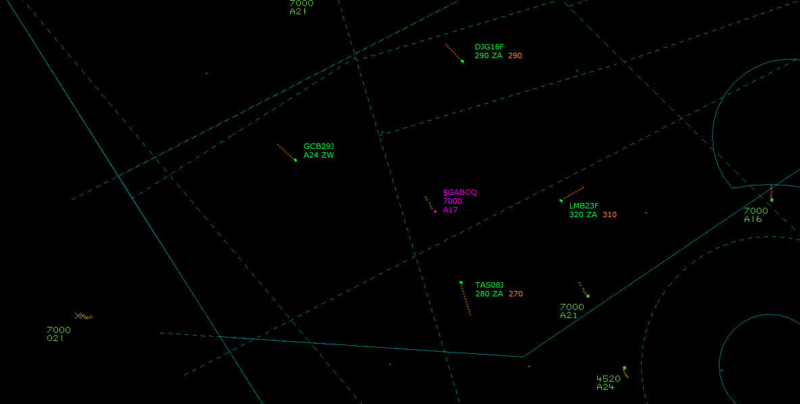Airspace infringements by General Aviation pilots entering controlled airspace remain the biggest risk to the air traffic operation and they are becoming a daily occurrence in the summer months. An infringement occurs when an aircraft enters a volume of airspace without gaining permission, and they can have a huge impact on the system causing aircraft to be diverted, put into holds or held on the ground.
The best way to describe this impact of an airspace infringement is to use an analogy:
Imagine driving your car on the motorway and there is a horse in the middle lane. The horse’s movements are unknown to you and by the very nature that it is in a place it shouldn’t be, its movements are unpredictable. This is the same with an aircraft which enters controlled airspace without a clearance to do so. Our controllers don’t know what the infringing aircraft is going to do next and therefore it can be very difficult to manage the situation.
Air Traffic Controllers are trained to deal with infringements by trying to maintain a set separation standard from the infringing aircraft; this could be anything from three miles or 3,000ft depending on the airspace. Due to the unpredictable nature of the infringing aircraft it can become difficult to maintain separation, indeed separation may already be lost depending where the aircraft enters the airspace. The increase in workload for the controller involved is significant and the event can become quite disruptive as a chain reaction is triggered – from adding to pilot workload to delaying hundreds of passengers.
When an infringement is more severe and separation is lost a controller will be removed from duty and may not be allowed to plug back in until the initial investigation is complete. As you can imagine this can be very difficult for the people involved.
The airspace within the London TMA (Terminal Manoeuvring Area) is some of the most congested and complex in the world but we are here to help you. If you are planning to fly close to the boundaries of controlled airspace, and you do not want to receive a service, we encourage you to consider using a listening squawk, also known as Frequency Monitor Codes. These are just one function a pilot can use which can help to resolve airspace infringements quickly should they occur. If a pilot is using a listening squawk and their track looks as if it might enter controlled airspace, a controller will attempt to contact a pilot to let them know about the boundary. In some circumstances, such as high workload scenarios, the controller may not have the capacity to intervene. However, if the pilot is on a listening squawk the controller can resolve the infringement before it causes disruption.
The videos below highlight just how important Frequency Monitor Codes can be for avoiding, or quickly resolving, infringements:
Comments
Please respect our commenting policy and guidelines when posting on this website.




24.07.2017
12:18
Jonathan Canty
Great information Brian. Keep these up…I learn a lot as a FAA PPL holder currently converting to EASA